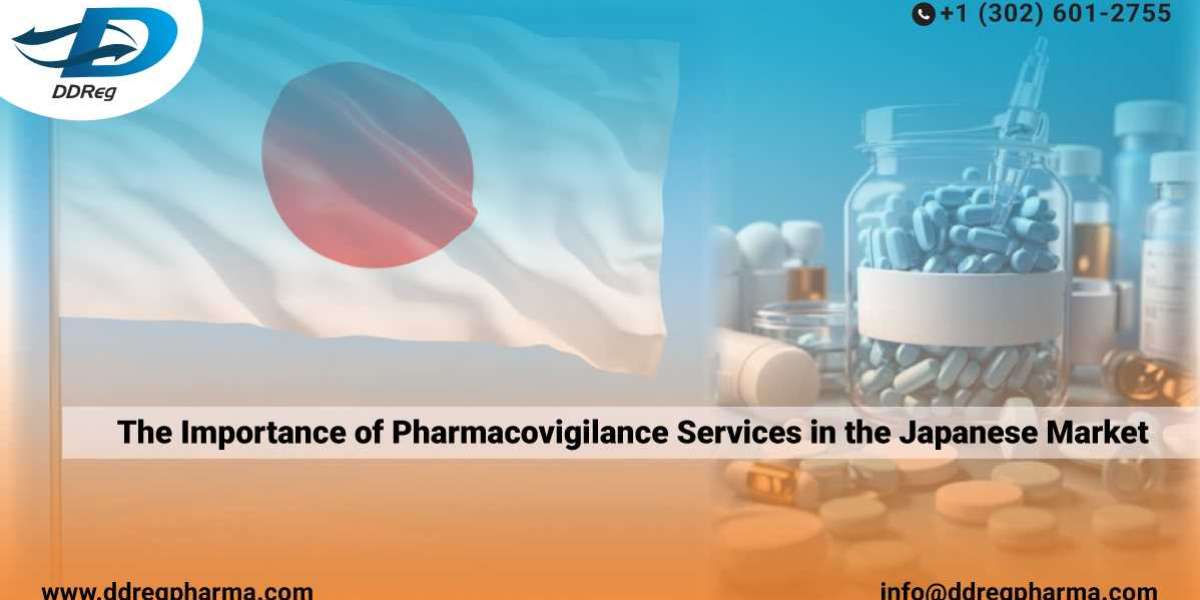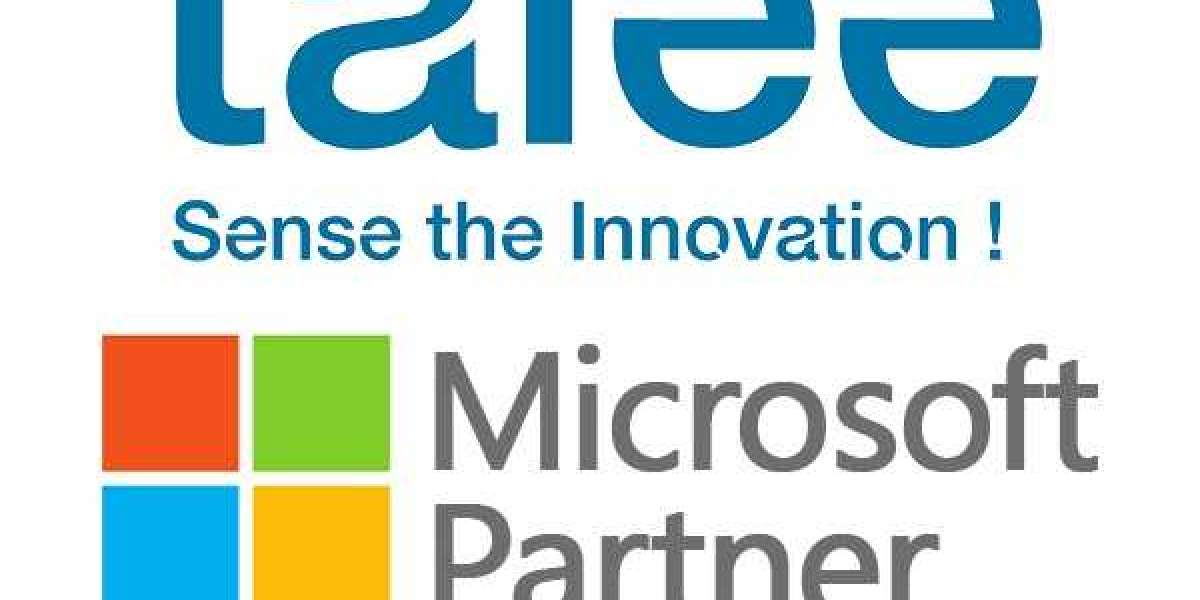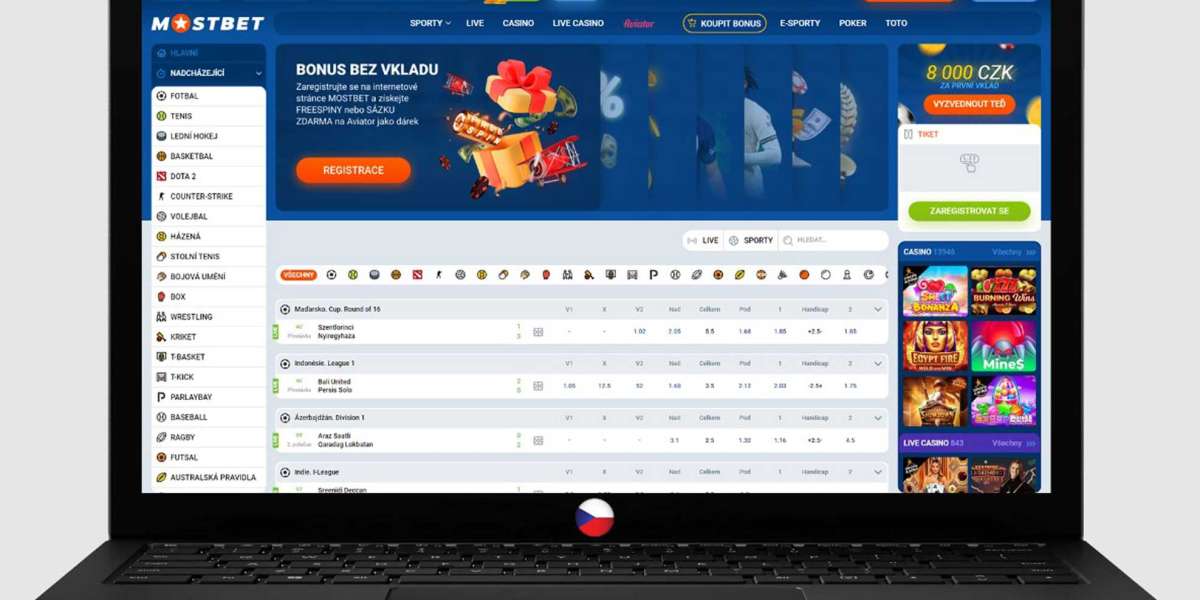1. What is Pharmacovigilance?
Pharmacovigilance refers to the activities related to the detection, assessment, understanding, and prevention of adverse effects or any other drug-related problems. It aims to improve patient safety by monitoring the risks and benefits of medicines throughout their lifecycle, from regulatory clinical trials services to post-marketing surveillance.
In Japan, pharmacovigilance activities include adverse event reporting, risk management, periodic safety updates, and compliance with regulations set by the Ministry of Health, Labour and Welfare (MHLW) and the Pharmaceuticals and Medical Devices Agency (PMDA).
2. The Regulatory Services in Japan
a. Ministry of Health, Labour and Welfare (MHLW)
The MHLW is the main regulatory body responsible for healthcare, social security, and labor policies in Japan. Within the MHLW, the Pharmaceutical and Food Safety Bureau oversees the regulation of pharmaceuticals, medical devices, and cosmetics. MHLW sets the legal framework for drug safety and ensures public health protection by implementing pharmacovigilance laws.
b. Pharmaceuticals and Medical Devices Agency (PMDA)
The PMDA is Japan's regulatory body responsible for the approval of drugs, medical devices, and the monitoring of product safety post-approval. The PMDA works closely with the MHLW to enforce pharmacovigilance standards and maintain the quality and safety of medical products.
The PMDA also plays a key role in evaluating drug safety data submitted by pharmaceutical companies and reviewing adverse event reports from healthcare professionals, patients, and pharmaceutical companies.
3. Key Pharmacovigilance Services in Japan
Several key regulations and guidelines govern pharmacovigilance in Japan. These include:
a. Good Pharmacovigilance Practice (GVP)
Japan's GVP guidelines outline the responsibilities of pharmaceutical companies regarding the collection, evaluation, and reporting of safety information. It includes requirements for managing adverse events, conducting post-marketing surveillance, and maintaining quality systems for pharmacovigilance activities. Companies must establish and maintain a PV system with clear accountability for monitoring drug safety.
b. Good Post-Marketing Study Practice (GPSP)
The GPSP regulations govern the conduct of post-marketing surveillance (PMS) studies and ensure that pharmaceutical companies monitor the safety of their products even after they have been approved for public use. These regulations help to collect real-world data on adverse effects and support the continuous assessment of a drug's risk-benefit profile.
c. Risk Management Plan (RMP)
The RMP is a critical component of the regulatory framework in Japan, requiring companies to submit detailed safety plans for new drugs before they are approved. The RMP outlines strategies for minimizing risks associated with the use of the drug and provides a plan for post-marketing surveillance to monitor and manage any emerging safety concerns.
4. Pharmacovigilance Reporting System in Japan
In Japan, adverse event reporting is a key element of pharmacovigilance. Several stakeholders are involved in reporting and monitoring safety data:
a. Healthcare Professionals
Doctors, pharmacists, and other healthcare professionals are required to report any suspected adverse reactions they observe in patients using pharmaceutical products. This system ensures a wide range of data collection from those on the front lines of patient care.
b. Pharmaceutical Companies
Manufacturers and marketing authorization holders (MAHs) are obligated to collect and report adverse event data for their products to the PMDA. They must implement comprehensive pharmacovigilance systems to track and monitor safety information.
c. Patients
Patients also have the option to report adverse events directly to the PMDA, increasing transparency and patient participation in ensuring drug safety.
The PMDA has an integrated database system called the "Adverse Drug Reaction (ADR) reporting system," which enables healthcare professionals and pharmaceutical companies to submit reports electronically. This system enhances the speed and efficiency of pharmacovigilance efforts, facilitating timely interventions when needed.
5. Post-Marketing Surveillance (PMS) in Japan
Post-marketing surveillance is an essential part of pharmacovigilance in Japan, ensuring that drugs continue to meet safety standards after they have been approved for public use. PMS activities include:
- Spontaneous reporting: The collection of voluntary adverse event reports from healthcare professionals, patients, and companies.
- Post-marketing clinical studies: Studies conducted to monitor the real-world performance of a drug in larger populations and in long-term use cases.
- Re-examination system: Newly approved drugs undergo a mandatory re-examination period (usually between 4 to 10 years) to assess their safety, efficacy, and quality in the post-market phase.
During the re-examination period, pharmaceutical companies must submit periodic reports to the PMDA, including safety data and the results of post-marketing clinical studies.
6. Recent Developments in Japan’s Pharmacovigilance Landscape
The Japanese regulatory framework has undergone several changes in recent years to adapt to the evolving global pharmacovigilance landscape. Some key developments include:
Implementation of ICH E2E Guidelines: Japan is a member of the International Council for Harmonisation (ICH), and its guidelines on pharmacovigilance have been adopted to harmonize with international standards. This ensures that Japan’s drug safety monitoring is in line with global best practices.
Introduction of Real-World Data (RWD): Japan is increasingly utilizing real-world data and evidence (RWE) to monitor the safety and effectiveness of drugs. This approach allows regulators and pharmaceutical companies to gain insights into how drugs perform in routine clinical practice, providing more comprehensive data for safety monitoring.
Advances in Digital Technologies: The use of artificial intelligence (AI) and machine learning to analyze large datasets of adverse events is growing in Japan. These technologies can help identify safety signals more quickly and accurately, improving the overall effectiveness of pharmacovigilance activities.
7. Challenges and Future Directions
Despite its strong regulatory framework, Japan faces several challenges in the field of pharmacovigilance:
Aging Population: Japan’s aging population means that more elderly patients are using multiple medications, increasing the complexity of monitoring drug interactions and adverse events.
Global Harmonization: While Japan has made significant strides in aligning its regulations with global standards, there are still challenges in fully harmonizing its systems with those of other countries, particularly in data sharing and reporting formats.
Moving forward, Japan will likely continue to invest in advanced data analysis tools, such as AI and big data analytics, to enhance its pharmacovigilance efforts. Additionally, the focus on patient-centric approaches, such as empowering patients to report adverse events, will play an important role in ensuring the safety and efficacy of medicines.
Conclusion
Japan has developed a robust pharmacovigilance framework supported by strong regulatory institutions like the MHLW and PMDA. The country’s comprehensive regulations, including GVP, GPSP, and RMP, ensure that drug safety is monitored throughout a product’s lifecycle. With the growing use of real-world data and advancements in technology, Japan is well-positioned to continue improving its pharmacovigilance capabilities.








